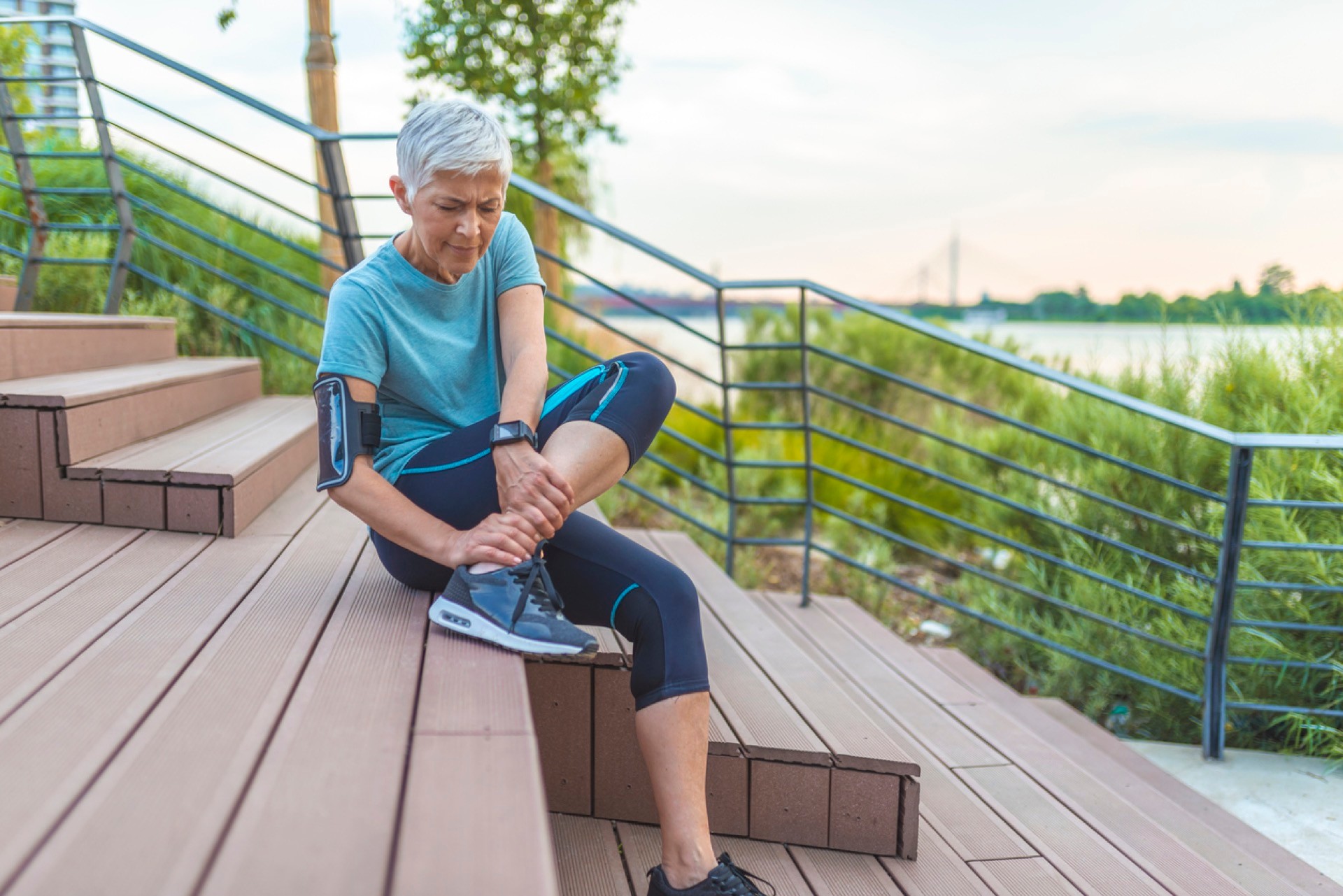Esguince vs. distensión: cuál es la diferencia y cómo prevenirlos
Conozca la diferencia entre un esguince y una distensión, y cómo tratarlos y prevenirlos, especialmente con ejercicios de los fisioterapeutas de Hinge Health.
$0 costo para usted
Fecha de Publicación: Mar 16, 2023
